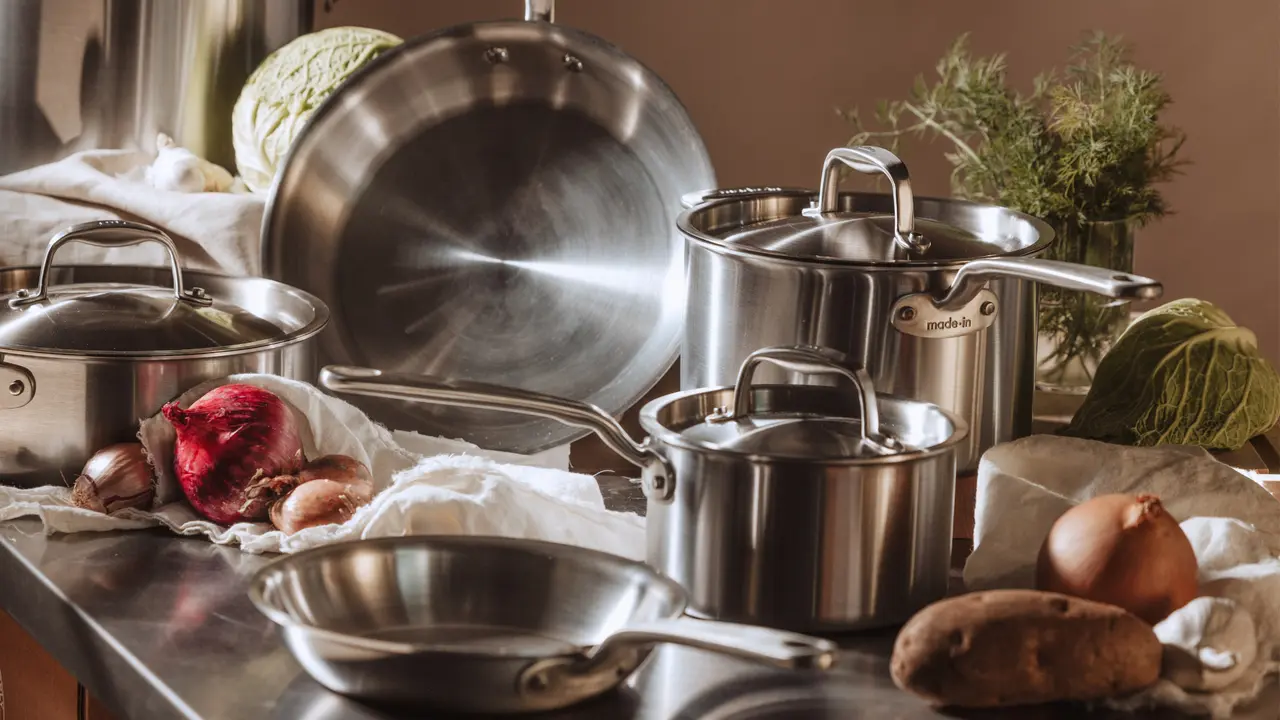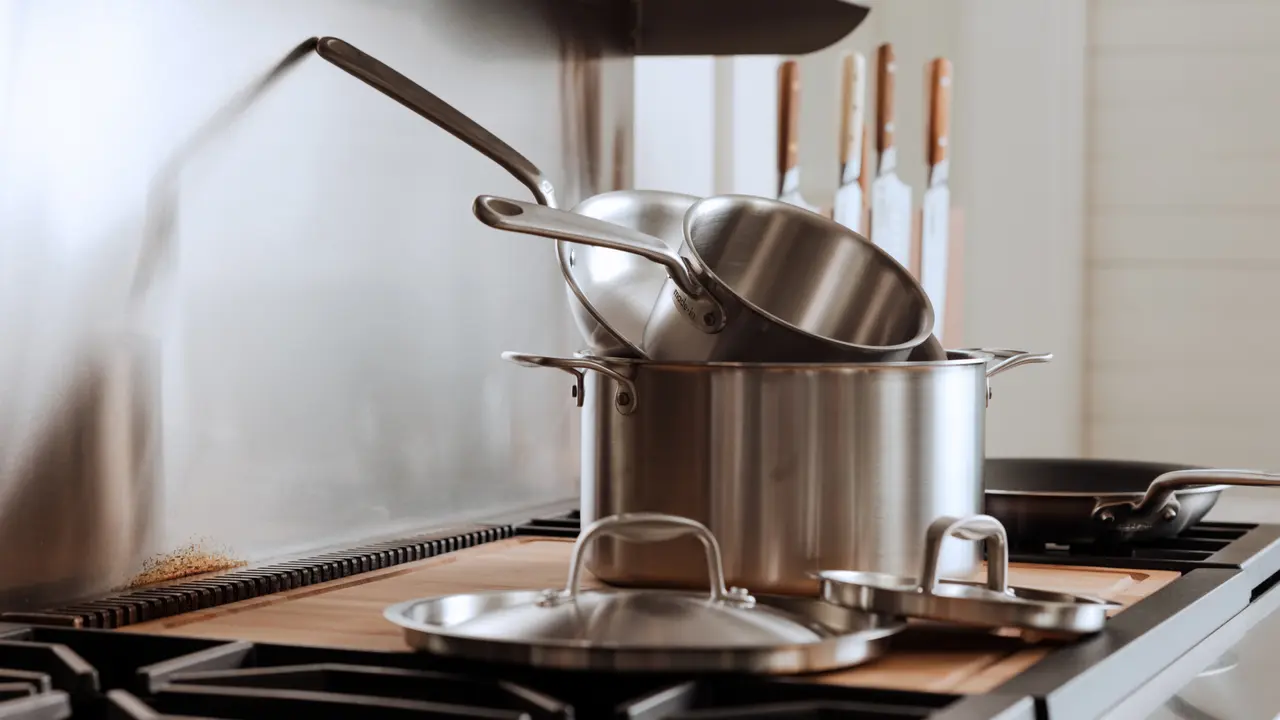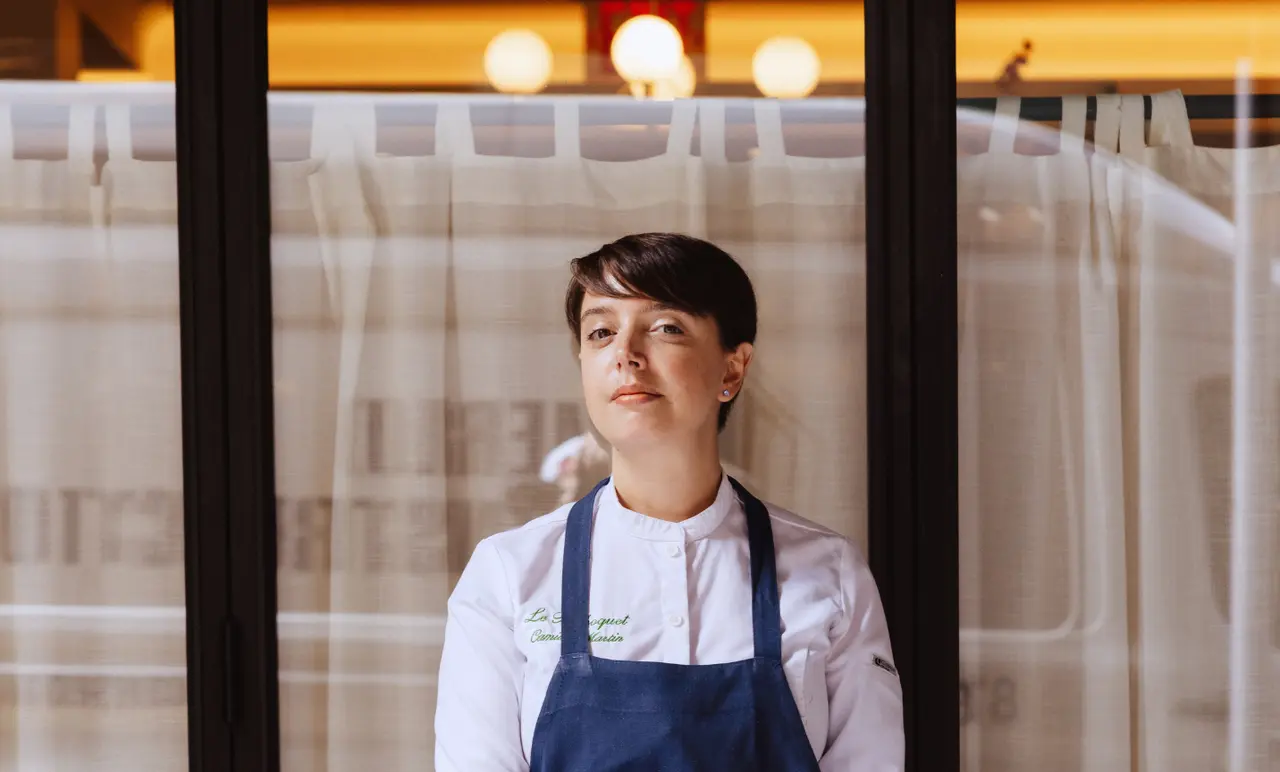Trends come and go — a cursory glance at clothing, home decor, music, and pretty much anything else from even just 20 years ago is hard evidence of that. Not everything struggles to stand the test of time, though. While popularity is a fickle and sometimes baseless metric for judging value that can change in the blink of an eye, quality is not. Quality is objective, palpable, and quantifiable. These characteristics are what make quality, unlike popularity, timeless.
A chef who has taken this idea and put it into action is Jeremy Fox, whose Santa Monica hotspot Birdie G’s (named after his daughter, who herself was partially named after Chef Jeremy’s grandmother, Gladys) excels at conceptualizing and executing elevated versions of timeless heirloom dishes from his own family as well as those of his chefs and customers.
Gladys inspired more than just her great-granddaughter’s name. Though Chef Jeremy never got the chance to cook with his grandmother, he heavily credits her with sparking his love for food and opening his eyes to the wide variety of delicious, time-tested dishes that exist as a result of America’s wildly diverse culinary culture.
“I think my grandmother had her greatest hits, and that would be matzo ball soup, chicken and dumplings, fried flounder, and beef tongue (which was something that was really just for my grandfather and no one else wanted to be anywhere near it). A lot of that stuff was not traditional Jewish cooking; I don’t know why chicken and dumplings was a part of her repertoire, but she nailed ‘em. I don’t think I’ve ever had chicken and dumplings like that,” Chef Jeremy said.
Like any good cook laser-focused on providing a quality product and culinary experience, Gladys was always dedicated to her craft.
“Usually by the time I woke up in the morning, she was already down in the kitchen working on breakfast, cookies, chicken stock, or something else. It was pretty impossible to get her to sit down with the family for dinner. My grandfather would be like ‘Gladys, sit down and eat!’”
Motivated by a desire to follow Gladys’ example of showcasing time-honored, quality dishes — whether the traditions involved related to her at surface level or not — Chef Jeremy uses Birdie G’s as a conduit for both honoring traditions he and his chefs know and finding new ones he’ll do his best to uphold.
“Matzo brei was one of my favorite things that she made, so there’s a dish here at Birdie G’s that’s based on that (in kind of a blasphemous direction). I think that’s what I love about Birdie G’s: A lot of people are coming up to me and saying dishes remind them of a dish they had as a kid that they haven’t even thought about it in so long. They tell me about things their family would make and I write them down. Unless I do something with the things I’ve never heard of that people’s grandparents made — even if it’s just something inspired by them — I feel like those things are gonna die. I feel like if I haven’t heard of it after I’ve been cooking for half my life, I might never hear about it again.”
When Chef Jeremy opened Birdie G’s, he made a number of choices to be sure the restaurant would make his grandmother proud. One unique choice he made was intentionally under-decorating so that the restaurant had ample room to collect random, character-giving knick knacks from guests and employees over the years. Chef Jeremy also made sure the cookware he bought would last as long as the dishes he cooks have, which is why he outfitted Birdie G’s kitchen with Made In.
“Made In’s cookware has held up super well getting banged around here, so I imagine they last 3 lifetimes at home.”
Quality may be timeless, but that doesn’t mean it can live on by itself. In a day and age where trendy food steals a lot of the spotlight, we need people like Jeremy — and Gladys — who are dedicated to making sure quality dishes continue to endure. And here at Made In, we’re committed to assisting these champions of timeless quality by making cookware that will persist long enough to become part of the tradition itself.





















